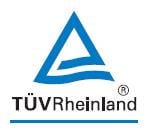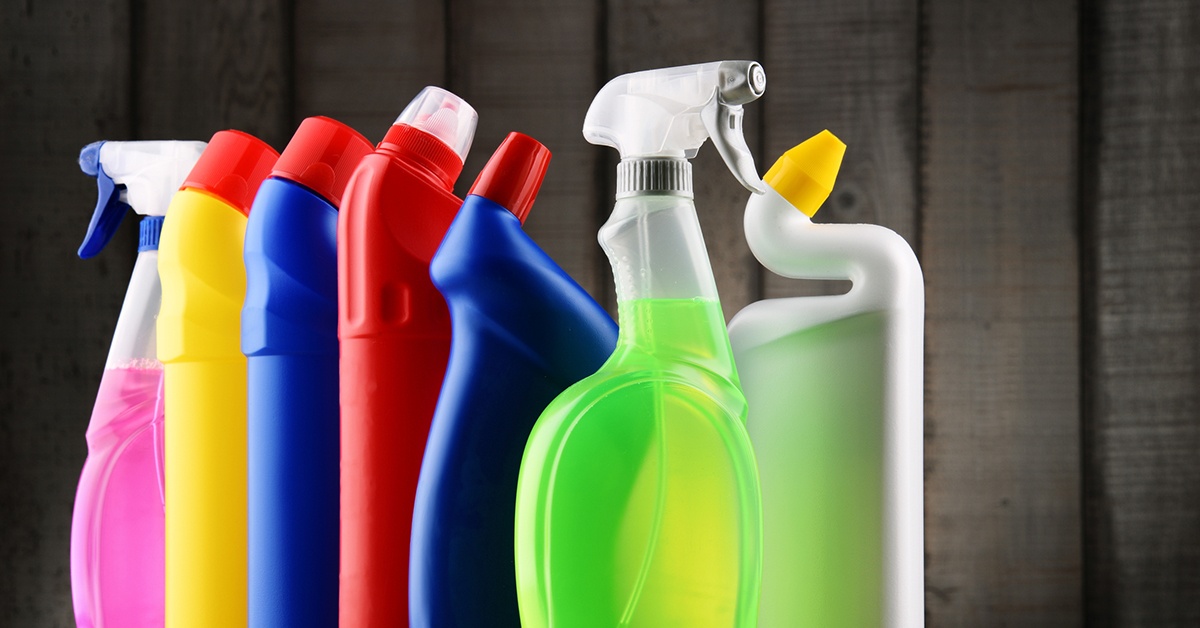Are Household Chemical Products as Safe as We Assume?
Not at all. From kitchen to bathroom to garage, we can find many household chemical products in our homes, such as cleaners, oils, detergents, anti-cockroach balls, and so on.
Improper use or storage of these household chemical products could cause anything from minor to serious to even life-threatening health problems for adults and foremost children.
Here’s a list of the more popular items and precautions you can take to keep your family safe.
Cleaners
There are many types of cleaners - glass cleaners, oven cleaners, dishwashing detergents, and floor cleaner – that contain a range of chemical substances. Among them, the most toxic are the strong alkaline, strong acid, and strong oxidative agents, as well as volatile organic compounds. Information on ingredient and user instruction found on any product available in the market. So be aware of these common hazardous substances:
Lye
A strong and extremely corrosive alkaline, having direct contact with lye can cause serious irritation, such as burns to skin and eyes, and may be fatal if swallowed.
Sulfuric acid and hydrochloric acid
These strong acids are equally corrosive. They can cause serious skin and eye irritation, even burns, and are especially harmful if swallowed in a concentrated solution.
Bleach
Bleach is a mixture of chemicals including sodium chloride, sodium hydroxide, and sodium hypochlorite in different concentrations. Liquid bleach always releases chlorine gas, as hypochlorite is a reactive and unstable substance. These chloride vapors can irritate the skin, eyes, nose, and throat; while ingestion can cause oesophagal injury, stomach irritation, and prolonged nausea and vomiting.
Ammonia
This is a basic ingredient in window/glass cleaners when combined with isopropanol. These products may be irritating to the eyes, skin, nose, and throat. If swallowed, it may cause drowsiness, unconsciousness, or death.
It is also dangerous to mix bleach with ammonia-containing products. These chemicals can react to produce a gas called chloramine, which can cause serious breathing problems and can be fatal if inhaled in large quantities.
2-Butoxyethanol
The main ingredient in many window cleaners, this chemical gives off a sweet and pleasant smell, which causes sore throats when inhaled. At high levels of exposure, it can also contribute to narcosis, pulmonary oedema, along with severe liver and kidney damage.
Batteries
A battery typically contains a mixture of corrosive electrolytes and toxic-heavy metals such as lead, cadmium, mercury, all of which are necessary components for a battery to work.
Leached batteries are thus especially dangerous for children when they are exposed directly to these highly corrosive electrolytes and toxic metals. Toxic metals such as lead, cadmium and mercury can prove fatal if swallowed, and cause damage to the bone, kidney and liver.
Even lithium batteries that are commonly used in smartphones, tablets, and laptops also contain toxicants and release a flammable gas under inappropriate working conditions.
This high level of toxicity is also why battery disposal poses serious environmental problems.
Motor Oils and Solvent-Based Paints
Made from crude oil, motor oils contain many substances, which cause cancer, such as benzene and polycyclic aromatic hydrocarbon. Waste motor oils are even more dangerous. They usually contain more heavy metals from vehicle engines and byproducts from burnt gasoline, which are known to be carcinogenic.
Solvent-based paints might not be as dangerous as motor oil, but they contain volatile organic solvents such as xylene, toluene, acetone, and methyl ethyl ketone, which can be irritating to the eyes and cause the skin to crack. Inhaling paint fumes can also result in headaches, dizziness, and fatigue. Frequent exposure to these chemicals can eventually lead to kidney, liver, and blood problems.
Bait Traps for Insects and Pests
Since these substances can easily kill ants, cockroaches, and insects, they naturally contain highly toxic chemicals. There are many such products, and many active substances, which have different hazardous levels for humans. When purchasing such traps, be sure to choose them with care.
Watch out for the following substances and avoid using them:
- Anti-cockroach balls containing naphthalene — this substance is a volatile organic compound in the group of a substance called polycyclic aromatic hydrocarbons (or PAHs). According to the European Classification Inventory database, naphthalene is a poisonous substance that is potentially carcinogenic, harmful when swallowed, and causes harmful, long-lasting effects to aquatic life.
- Anti-cockroach devices containing borax and boric acid — these substances may affect fertility and cause damage to an unborn child.
- Termite killer spray/oil containing pentachlorophenol — this substance is fatal if inhaled, toxic if swallowed, is suspected of causing cancer, and can cause skin irritation, eye and respiratory irritation. Exposure of marine life to this substance can also cause long-term adverse effects.
If These Household Chemical Products Are so Dangerous, Why Do We Still Use Them?
We need them! We don’t want to live with germs and bacteria, so we need these products to keep our house clean and hygienic, and to protect ourselves from harmful pests around the house.
Since these products are necessary for our daily lives, we will have to learn to use them safely. Here are 10 simple rules to guide you:
1.) When shopping,
- Make sure to read the ingredients list and safety instructions of the product before you buy it.
- Don’t be misled by “green” labels. All chemicals are hazardous — we still need to be mindful of our exposure levels to these chemicals.
- Choose products with simple or child-resistant packaging to prevent your child from accidentally opening or using them.
- Always store these chemicals under lock and key.
- Keep them in cool, dark and better with air ventilation place.
- Remember to keep batteries locked and away from children.
3.) If your children’s toys require batteries, make sure that the battery compartment is secured with safety screws. Also, remember to dispose of used up batteries timely to prevent leaching.
4.) Do not mix cleaning products.
5.) When painting the interior of your home, let the paint dry completely and wait for the odors to disappear before using the room.
6.) Always follow instructions to safe use like wearing latex gloves when handling household chemicals.
7.) Wash your hands thoroughly with soap and water after coming into contact with motor oils.
8.) Do not store any chemical products together with your household utensils such as water bottles, cups, and bowls.
9.) Do not store any chemicals in the fridge.
10.) Do not spray insect killer spray directly at humans.
If you need an expert in chemical testing and safety, we are here to help!




